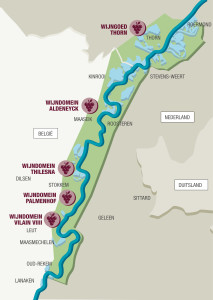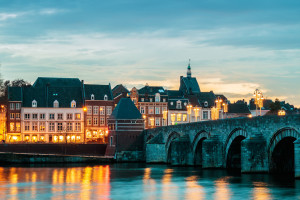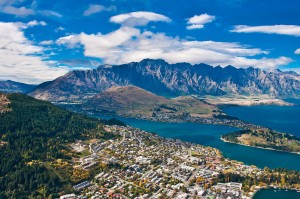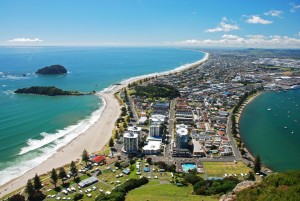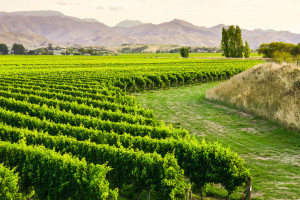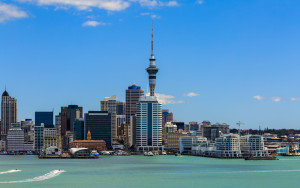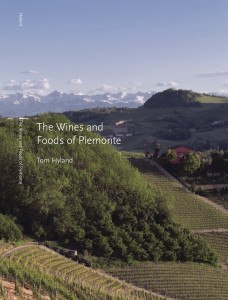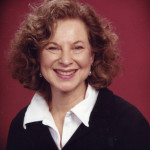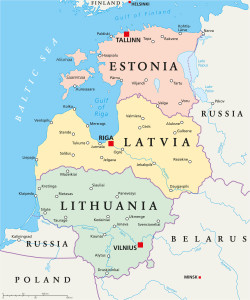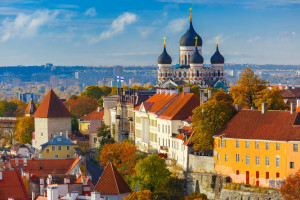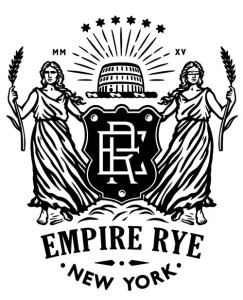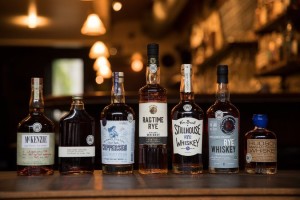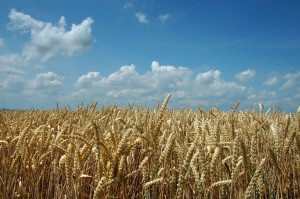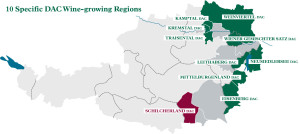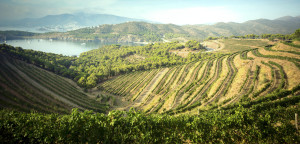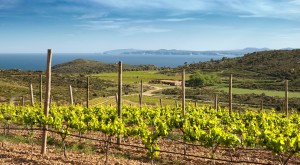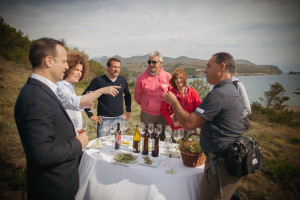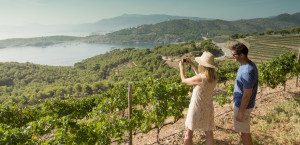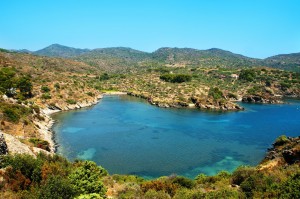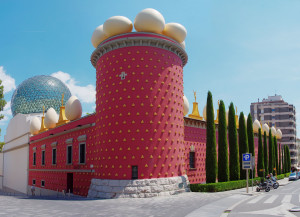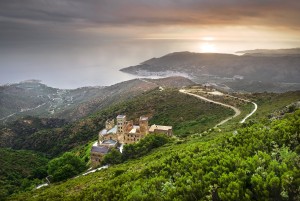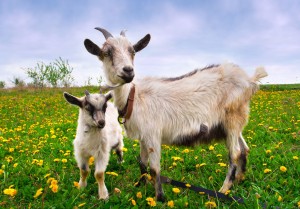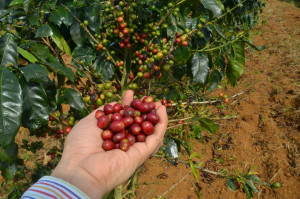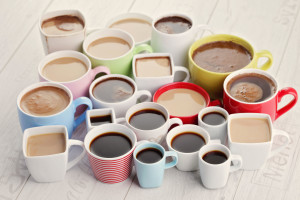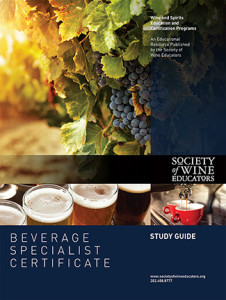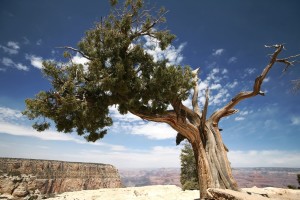
.
Today we have a guest post—the first in a series—by an author we have all gotten to know by the nom de plume of Candi, CSW. Read on while Candi takes us on a southwest sojourn to the Grand Canyon—along with some cheap Chardonnay and some plastic wine glasses.
Road Trip! My husband and I recently took a vacation to Arizona and New Mexico. Three destinations, one drive day only between stops. We have learned that more than one consecutive drive day is not kind to our aging bodies and minds. So be it. We needed the change-up, rest and respite. Fortunately, we were rewarded with all of these.
First destination: Grand Canyon National Park. We had not been to the Park in over a decade. September is part of the shoulder season, with decent weather and less crowding. No offense intended, but parking lots full of rented RVs and kid mobiles are not for us. Not to mention noise, noise, noise at each popular spot.
Day 1, drove to Tusayan, AZ. This town’s advantage is being immediately south of the South Rim entrance to the park. You pay a premium for basic lodging in Tusayan for the convenience. Location, location, location.
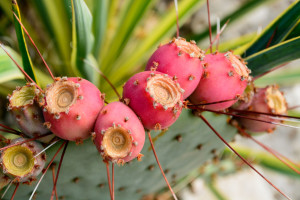
.
When we checked in for two nights, the place’s friendly front desk staff provided sample menus for local restaurants. OK, so the prices were out of date. The menu descriptions were, however, accurate. To avoid our no-no’s of noise and crowding, we were looking for takeout. Restaurant chosen supposedly featured typical Mexican and Aztec cuisine. The 10% coupon from our lodging didn’t hurt, either. My frugal soul loves discounts!
Within the hour, I was headed out for a two-block walk to Plaza Bonita. Saturday night. Crowded and noisy. Staff busy, people waiting for tables. Checked in to pickup my order at the first stand I saw. The gentleman behind me posed a question at the stand: do you have Prickly Pear Margaritas? When the answer was in the affirmative, I had two immediate thoughts. First, please let my order come quickly. Second, get me outta here!
Given the work load in the restaurant, I was kept waiting longer than expected. But the staff added complimentary food to our order. End result: for less than $40 we had enough food for two nights, two adults. This became important the next evening. And the food was quite good: chicken mole (billed as Aztec) and carne asada (with quality cuts of steak).
The family geek always comes prepared for small-town travel. Plastic wine glasses, cheap screw cap wine. Unoaked Chardonnay, anyone? Half for tonight, save some for tomorrow!
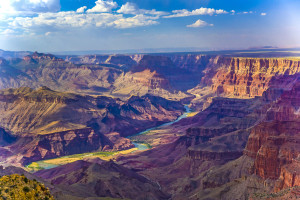
.
Day 2, the Grand Canyon. Shuttle buses, required for the most popular stops, to the left. Private vehicles, including ours, to the right along Desert View Drive. Emphasis on the private. Taking our own time, deciding when and where to stop.
One nice thing about revisiting a national park after years have passed is that so many scenes, sites and views somehow seem new. They may not be new, but we enjoyed them, so it didn’t matter. Our favorite places this time:
- Desert View Watchtower: one of the most remote options. Tour buses allowed, so some crowding to climb the tower. That was fine; there was a path going below the tower, in the opposite direction. A very steep path. It surprised me that so many people went so very close to the Canyon edge of the path. We are talking, duh, a big drop if you stumble. They don’t call the Canyon grand for nothing. I stayed at the other edge, took my time, and just quietly appreciated.
- Lipan Point: I did not remember this stop from last time. No tour bus parking available: yes! The Point offered unique views not available at Desert View. Shallow areas, rock formations resembling: fill in your imagination’s blank here. Birds? Temples? Other? Hint: experience this one with your eyes. Don’t put an electronic device between you and the Canyon here. Or maybe at any Canyon location. But, hey, it’s your vacation.
- Tusayan Ruins and Museum: I know this stop was new to us. Instead of a canyon view, the site is on the other side of Desert View Drive. Very educational, very quiet. A small display of local vegetation and succulents. Signs describing the ruins along a level path.
- Yavapai Point and Geology Museum: along the popular South Rim walk. Consequently, very crowded and noisy. But the views and education within the Museum were worth the visit, anyway. Museum had big display windows, excellent exhibits. A very civilized place to refill your water bottle. Hydration at 7,000+ feet altitude is very wise. Even more important as, ahem, one ages.
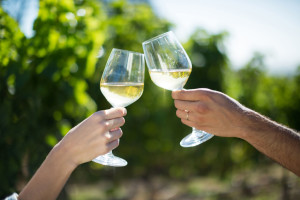
.
I just mentioned altitude. We walked at leisure, took our time, enjoyed every scene, and kept up the hydration. But, still, we are talking walking on a windy day at altitude for people who are acclimated to sea level. After about 7 hours, even with breaks, we were tired. Seriously tired. The last half-mile to the car was most challenging. We began to hurt as well as become exhausted. Feeling every year of our age and every step taken.
The car. Upholstered seats. Cold water. A bit of a snack. Rest of sightseeing by car, briefly. Period.
Back to our trusty room. My husband used online tools to estimate that our altitude walk for the day was 3.5 – 4+ miles. Considering conditions, not bad for an honest day’s exertion.
All we wanted to do that evening was rest and put up our feet. Leftovers in the room? Fabulous. The rest of the cheap Chardonnay? Even better.
I’m sure by now you want to know: did we ever have Prickly Pear Margaritas during the trip? No: I have very rarely had a Margarita, and had visions of sweet pear syrup serving as an accelerant of the liquor to my brain. To this day, I believe I am correct.
Did we taste vino at other stops? You have to ask? That is, I believe a “preview of coming attractions”. Stay tuned for other Destinations.
In the meantime,
Cheap Chardonnay Cheers!
Are you interested in being a guest blogger or a guest SWEbinar presenter for SWE? Click here for more information!
